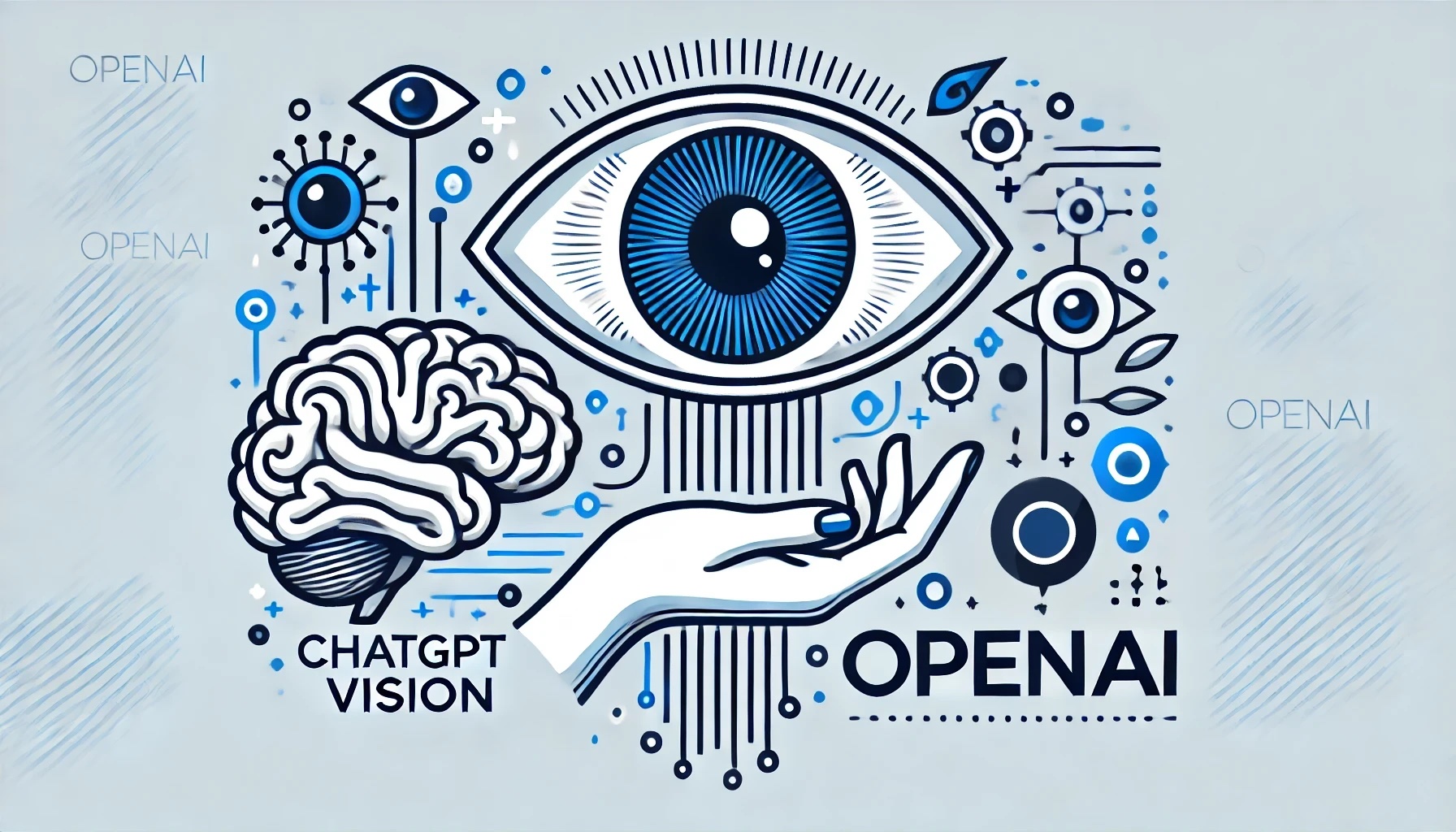Artificial Intelligence (AI) chatbots are becoming increasingly popular in everyday life. They are used for a variety of purposes, from customer service to personal assistants. However, not all AI chatbots are created equal. Understanding the different types of conversations that can be had with AI chatbots is essential to getting the most out of them.
The 6 Types of Conversations with AI Chatbots

According to a study by nngroup.com, there are six types of conversations that can be had with AI chatbots:
- Informational: These conversations are focused on providing information to the user. Examples include weather updates, news headlines, and stock prices.
- Transactional: These conversations are focused on completing a specific task. Examples include booking a flight, ordering food, or making a reservation.
- Navigational: These conversations are focused on helping the user navigate a website or application. Examples include finding a specific page on a website or locating a specific feature in an application.
- Educational: These conversations are focused on providing educational content to the user. Examples include language learning, trivia games, and educational quizzes.
- Entertainment: These conversations are focused on providing entertainment to the user. Examples include jokes, riddles, and games.
- Social: These conversations are focused on providing social interaction to the user. Examples include chatbots designed to simulate conversation with a friend or loved one.
Each type of conversation has its own unique characteristics and requires a different approach. Understanding these differences is essential to getting the most out of your conversations with AI chatbots.
Informational Conversations
Informational conversations are focused on providing information to the user. These conversations are typically initiated by the user asking a question or requesting specific information. Examples of informational conversations include weather updates, news headlines, and stock prices.
To get the most out of informational conversations, it’s important to be specific in your queries. For example, instead of asking “What’s the weather like?”, try asking “What’s the weather like in New York City today?”. This will help the AI chatbot understand your query and provide a more accurate response.
Transactional Conversations
Transactional conversations are focused on completing a specific task. These conversations are typically initiated by the user requesting a specific action, such as booking a flight or ordering food. Examples of transactional conversations include making a reservation, paying a bill, or scheduling an appointment.
To get the most out of transactional conversations, it’s important to be clear and concise in your requests. For example, instead of saying “I want to book a flight”, try saying “I want to book a one-way flight from New York City to Los Angeles on December 15th”. This will help the AI chatbot understand your request and provide a more accurate response.
Navigational Conversations
Navigational conversations are focused on helping the user navigate a website or application. These conversations are typically initiated by the user requesting help finding a specific page or feature. Examples of navigational conversations include finding a specific page on a website, locating a specific feature in an application, or troubleshooting an issue.
To get the most out of navigational conversations, it’s important to be specific in your requests. For example, instead of saying “I can’t find the login page”, try saying “I’m having trouble finding the login page on your website. Can you help me?”. This will help the AI chatbot understand your request and provide a more accurate response.
Educational Conversations
Educational conversations are focused on providing educational content to the user. These conversations are typically initiated by the user requesting information on a specific topic. Examples of educational conversations include language learning, trivia games, and educational quizzes.
To get the most out of educational conversations, it’s important to be specific in your requests. For example, instead of saying “Teach me Spanish”, try saying “Can you teach me how to say ‘hello’ in Spanish?”. This will help the AI chatbot understand your request and provide a more accurate response.
Entertainment Conversations
Entertainment conversations are focused on providing entertainment to the user. These conversations are typically initiated by the user requesting a specific type of entertainment, such as a joke or riddle. Examples of entertainment conversations include jokes, riddles, and games.
To get the most out of entertainment conversations, it’s important to be specific in your requests. For example, instead of saying “Tell me a joke”,try saying “Tell me a joke about cats”. This will help the AI chatbot understand your request and provide a more accurate response.
Social Conversations
Social conversations are focused on providing social interaction to the user. These conversations are typically initiated by the user looking for someone to talk to or seeking companionship. Examples of social conversations include chatbots designed to simulate conversation with a friend or loved one.
To get the most out of social conversations, it’s important to be open and honest in your communication. Remember that the AI chatbot is not a real person, but it can still provide a listening ear and a friendly voice.
How to Make the Most of Your Conversations with AI Chatbots

In addition to being specific and using natural language, there are a few other tips and tricks you can use to get the most out of your conversations with AI chatbots:
- Be patient: AI chatbots are not perfect and may require some time to process your query. Be patient and wait for the chatbot to respond.
- Provide feedback: If the AI chatbot provides an inaccurate response, provide feedback to help it improve. This will help the chatbot learn and provide better responses in the future.
- Use emojis: Emojis can help convey tone and emotion in your messages. They can also help the AI chatbot understand the context of your message.
- Have fun: AI chatbots can be a fun and engaging way to interact with technology. Don’t be afraid to experiment and try new things.
Conclusion
AI chatbots have the potential to revolutionize the way we interact with technology. By understanding the different types of conversations that can be had with AI chatbots and following a few simple tips, you can get the most out of your conversations with these powerful tools.
Remember to be specific in your queries, use natural language, and be patient with the chatbot. Provide feedback to help the chatbot improve, and don’t be afraid to have fun and experiment with new things.
Disclaimer: The Author acknowledges that AI technology may have been utilized in generating the content of this site. However, the Author assumes no responsibility or liability for any errors or omissions in the content. The information provided on this site is intended to be informative and helpful, but it is provided on an “as is” basis with no guarantees of completeness, accuracy, usefulness, or timeliness. Visit our website disclaimer page as a reference.



